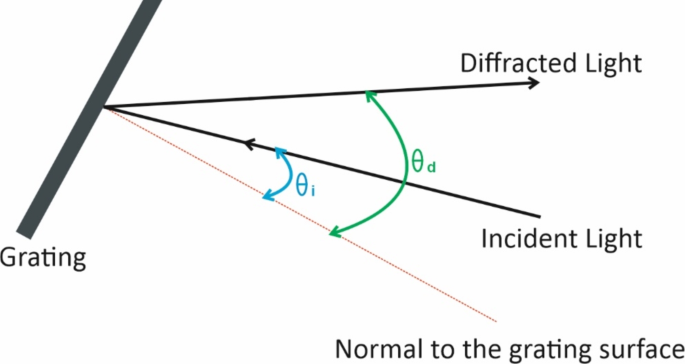Scientists have successfully built and tested a new operational prototype of a spectrometer. The device, measuring 180 mm in length, 180 mm in width, and 122 mm in height, has demonstrated precise spectral measurements.
Researchers tested the spectrometer using standard mercury-argon and neon lamps to assess its performance. They connected optical fibers to these light sources and the spectrometer’s input slit to record emission spectra.
Analysis of the recorded spectra, including those of standard lamps and the Raman spectrum of cyclohexane, showcases the spectrometer’s capability. The data revealed distinct and well-separated spectral lines for mercury and neon, even closely positioned ones. For instance, using a 532 nm setup, the spectrometer clearly differentiated mercury lines at 576.96 nm and 579.066 nm, and neon lines at 614.306 nm and 616.359 nm. Similarly, a 784.65 nm setup successfully resolved closely located neon and argon lines at 841.843 nm, 840.82 nm, and 842.47 nm.
The experimental results indicated an average spectral resolution of 0.17 nm with the 532 nm configuration and 0.44 nm with the 784.65 nm configuration. Data analysis confirmed that tilting the optical plane by 10 degrees had a minimal impact on the spectral resolution.
Furthermore, the spectrometer demonstrated a high signal-to-noise ratio in Raman spectroscopy. When using a 532 nm laser, the signal-to-noise ratio was measured at 7145, while a 784.65 nm laser yielded a ratio of 40.
The researchers suggest that this new spectrometer design holds potential for use in advanced spectroscopic techniques like Fluorescence Correlation Spectroscopy (FCS) and Raman Correlation Spectroscopy (RCS). Its design also allows for the simultaneous recording of up to four Raman spectra using a two-dimensional detector, opening up new possibilities for complex sample analysis.

Leave a Reply